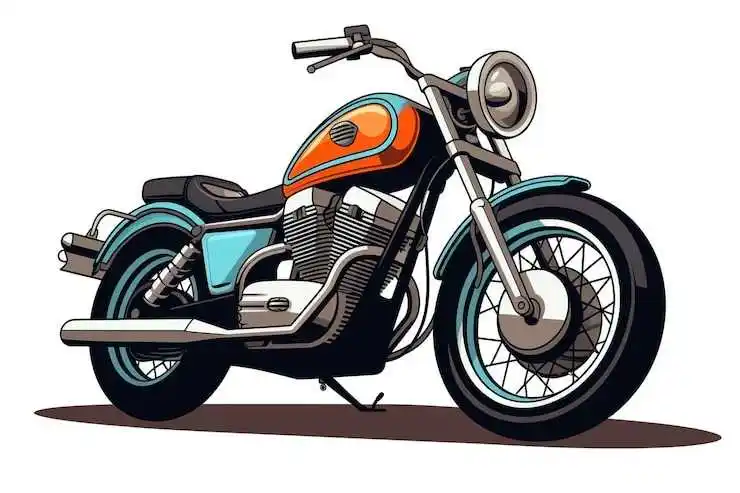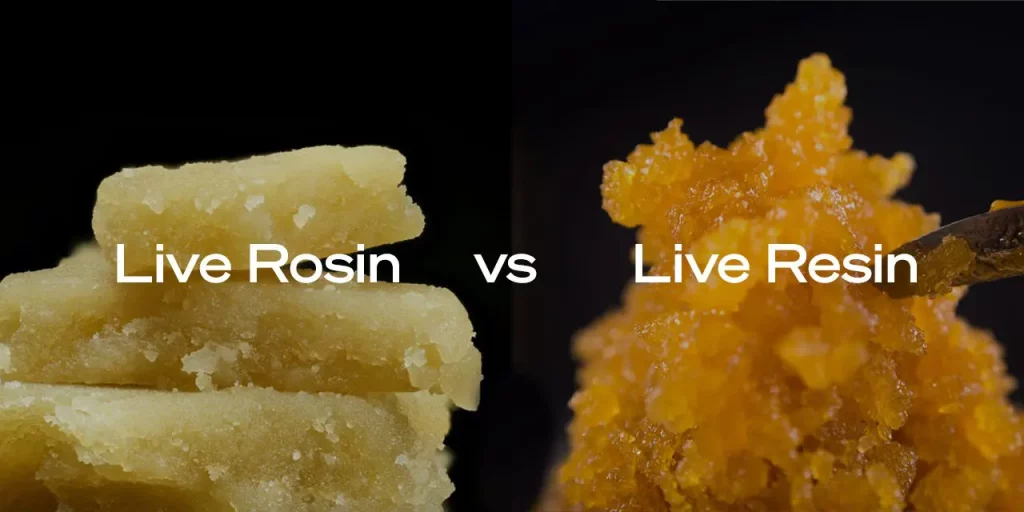Bike advertising has undergone a remarkable transformation over the years. From traditional billboards to cutting-edge digital platforms, the methods of reaching potential customers have evolved to meet the demands of a changing market. This evolution reflects broader trends in advertising and marketing, highlighting the shift towards more dynamic, targeted, and interactive approaches.
- The Era of Billboards and Print Media
In the early days of bike advertising, billboards and print media were the primary channels for reaching consumers. Large, colorful billboards displayed along highways and city streets were a common sight. These advertisements focused on catching the eye of commuters and travelers, showcasing the sleek designs and features of the latest bike models. Print media, including magazines and newspapers, also played a crucial role. Glossy ads in cycling and sports magazines provided detailed information and alluring images to entice readers.
- The Rise of Television and Radio
As technology advanced, television and radio became prominent platforms for bike advertising. TV commercials allowed brands to demonstrate their bikes in action, highlighting performance, speed, and durability. These ads reached a wide audience and had the advantage of combining visual and auditory elements to create a compelling narrative. Radio, though less visual, offered an opportunity to reach drivers and commuters during their daily routines. Engaging jingles and persuasive voiceovers made bike brands memorable.
- The Digital Revolution
The advent of the internet marked a significant turning point in bike advertising. Websites and online forums dedicated to cycling emerged, providing new spaces for brands to connect with their audience. Banner ads, pop-ups, and email marketing campaigns became common strategies. However, the true game-changer was the rise of social media platforms. Websites like Facebook, Instagram, and YouTube allowed for more interactive and engaging forms of bike advertising. Brands could now post videos, host live streams, and create interactive content to attract and retain customers.
- Social Media and Influencer Marketing
Social media has revolutionized bike advertising in recent years. Platforms like Instagram and TikTok, with their emphasis on visual content, are particularly well-suited for showcasing bikes. High-quality photos and videos can highlight a bike’s aesthetics and performance. Influencer marketing has also become a key strategy. Influencers with large followings in the cycling community can provide authentic reviews and endorsements, making the advertising more relatable and credible. For example, a popular cycling influencer sharing their experience with a new bike model can drive significant interest and sales.
- Personalized and Targeted Advertising
One of the biggest advantages of digital platforms is the ability to target specific audiences with personalized ads. Brands can use data analytics to understand consumer preferences and behaviors, tailoring their bike advertising to different segments. For instance, targeted ads on social media can reach fitness enthusiasts, commuters, or adventure seekers with messages that resonate with their unique needs and interests. This level of personalization was unimaginable in the era of billboards and print media.
- Interactive and Immersive Experiences
Advancements in technology have enabled more interactive and immersive bike advertising experiences. Augmented Reality (AR) and Virtual Reality (VR) allow potential customers to explore bike features and even take virtual test rides from the comfort of their homes. These technologies create memorable and engaging experiences, setting brands apart in a crowded market. Additionally, interactive ads on websites and social media can engage users through quizzes, games, and virtual tours, providing a deeper connection to the product.
- Sustainability and Eco-Friendliness
Modern bike advertising also reflects growing consumer awareness of environmental issues. Brands emphasize the eco-friendly aspects of biking, promoting it as a sustainable and healthy mode of transportation. Campaigns often highlight how bikes reduce carbon footprints and contribute to cleaner cities. This messaging resonates with environmentally conscious consumers and aligns with broader societal trends towards sustainability.
- The Future of Bike Advertising
As technology continues to evolve, so too will bike advertising. The integration of artificial intelligence (AI) and machine learning will further enhance the ability to deliver personalized and predictive ads. The growth of connected devices and the Internet of Things (IoT) may introduce new advertising opportunities, such as smart bike displays that offer real-time promotions and updates. Virtual and augmented reality will likely become even more immersive, providing unparalleled experiences for potential customers.
In conclusion, the evolution of bike advertising from billboards to digital platforms reflects a broader shift towards more interactive, targeted, and personalized marketing strategies. By embracing new technologies and adapting to changing consumer behaviors, bike brands can continue to captivate and engage their audience in innovative ways. The journey of bike advertising is a testament to the power of innovation and the endless possibilities that lie ahead.


